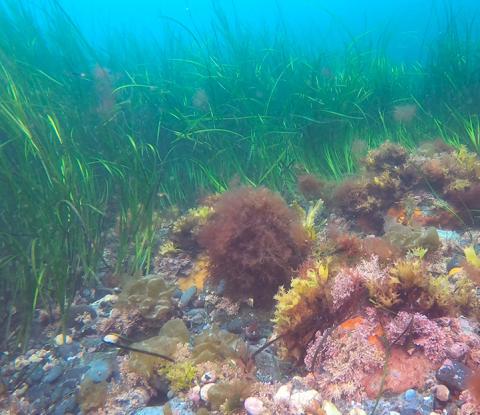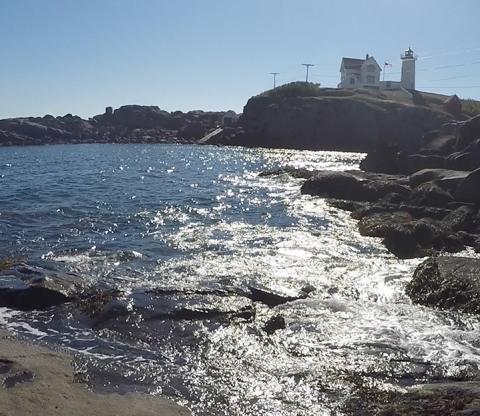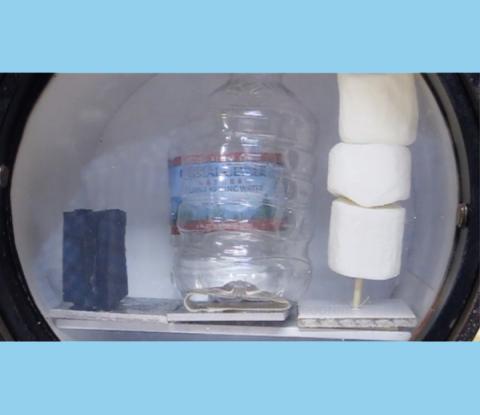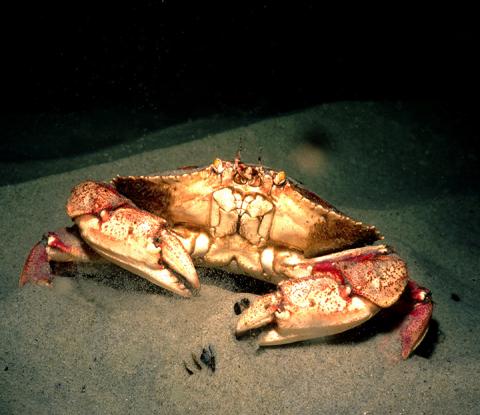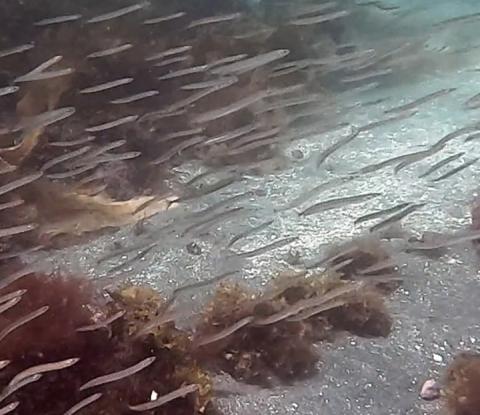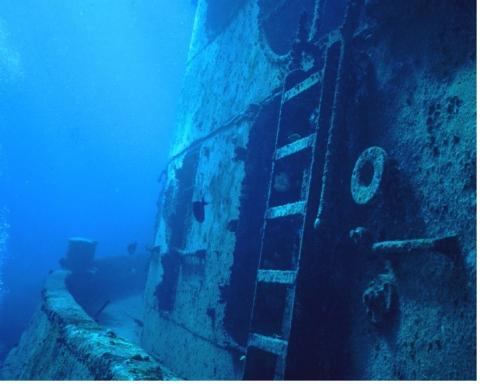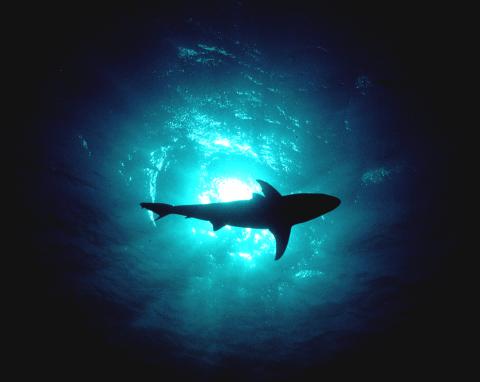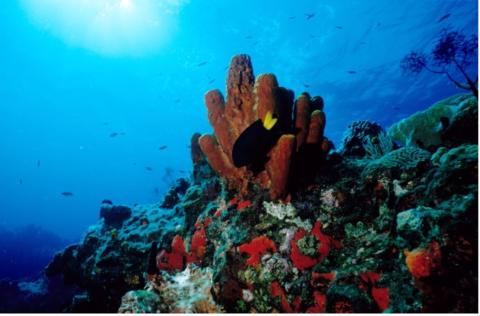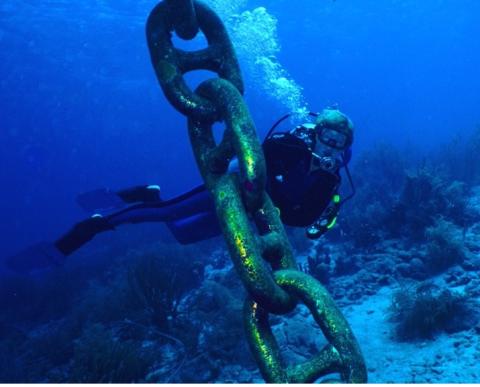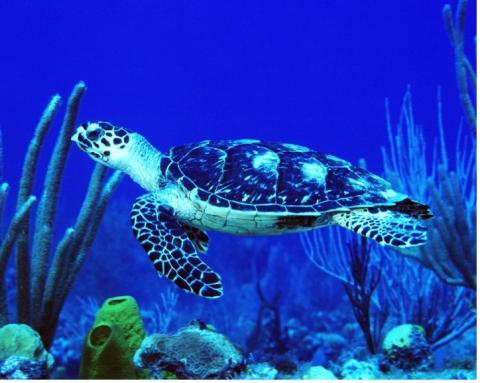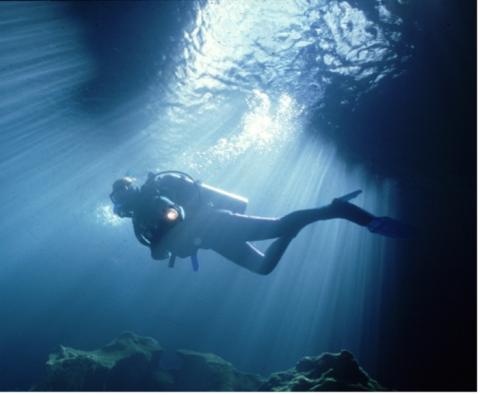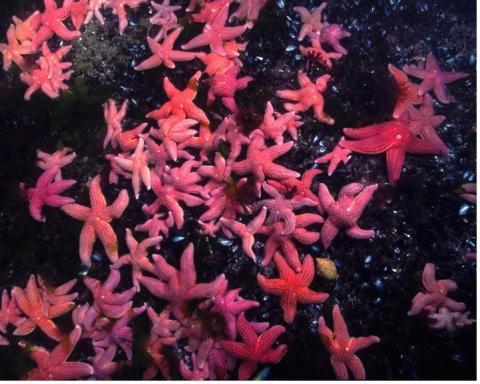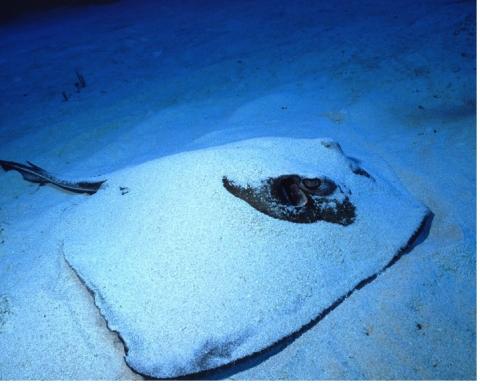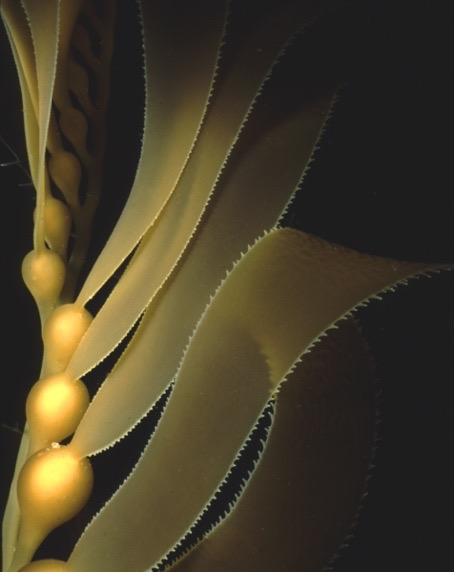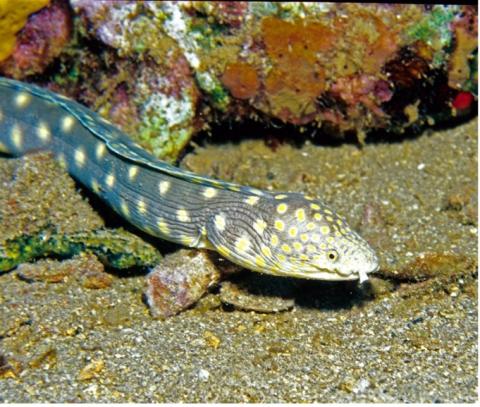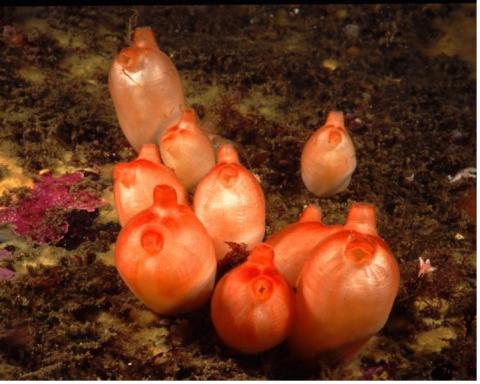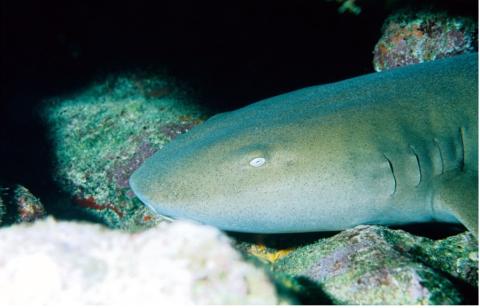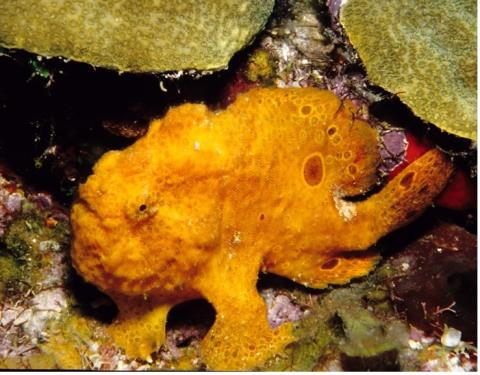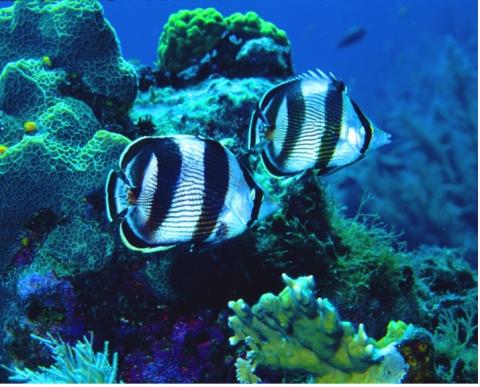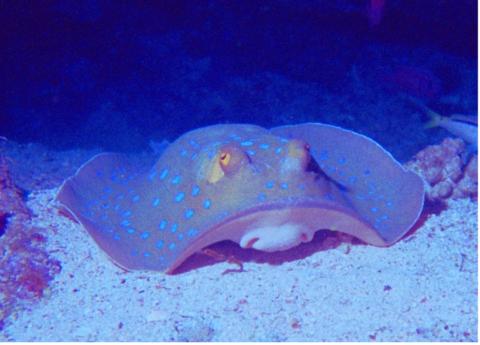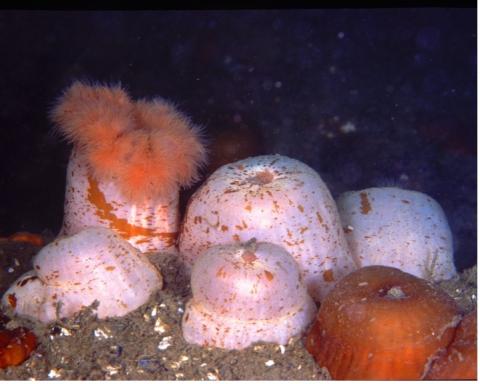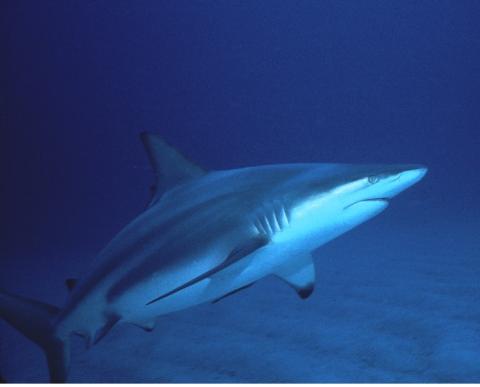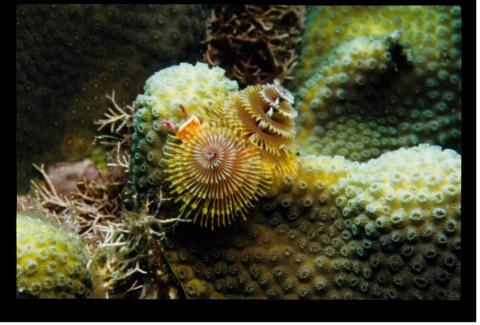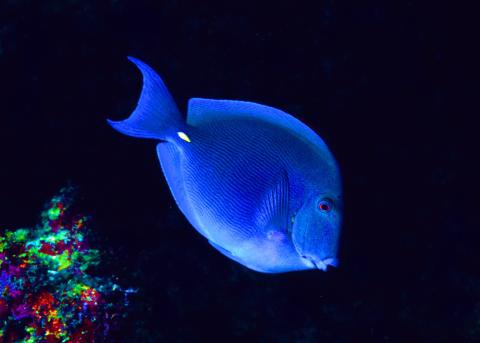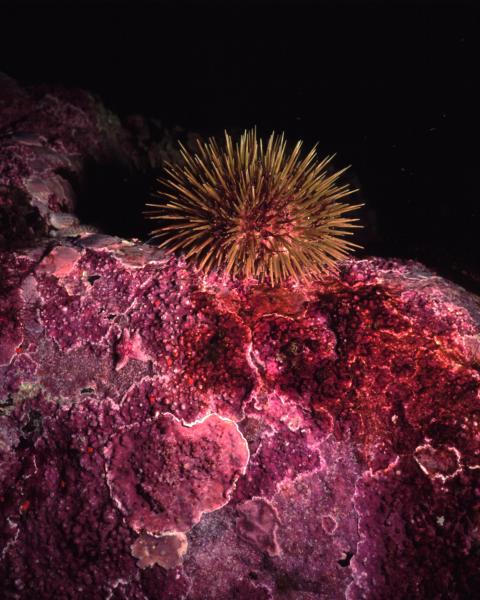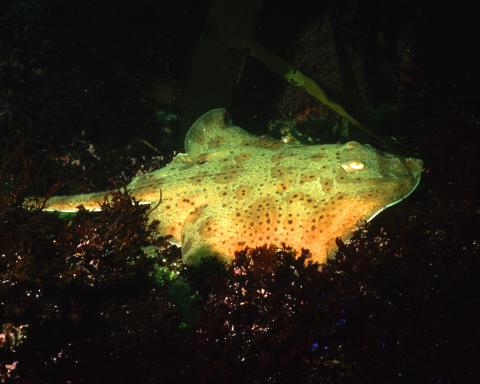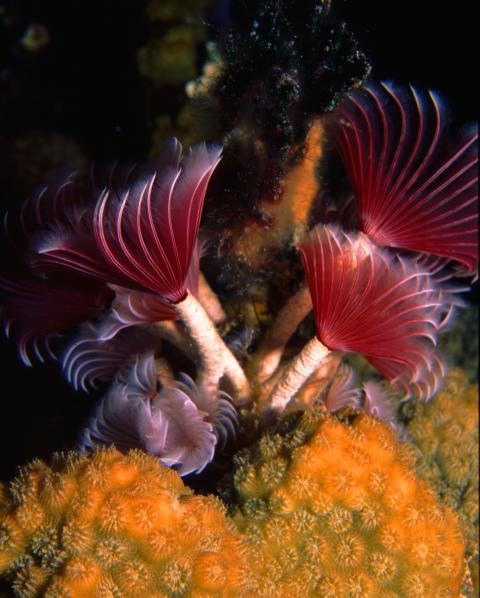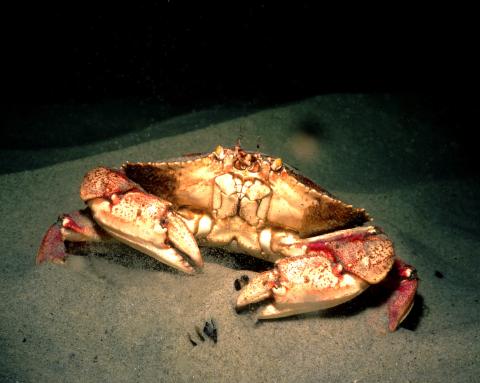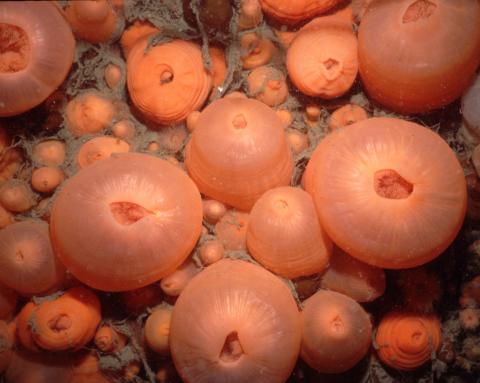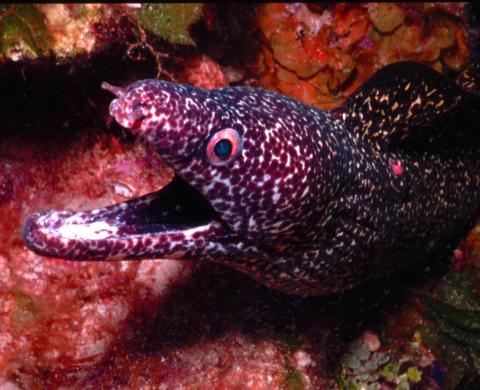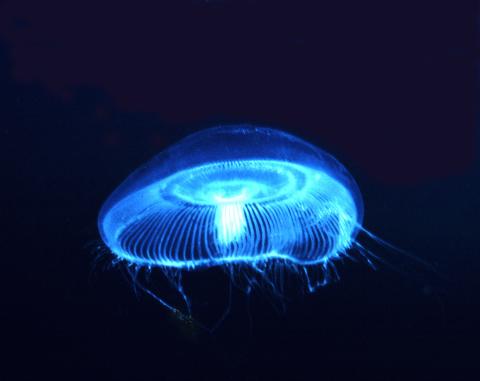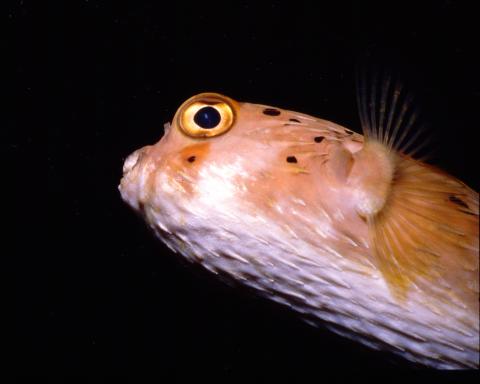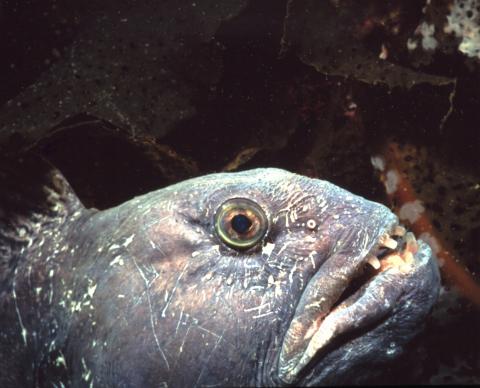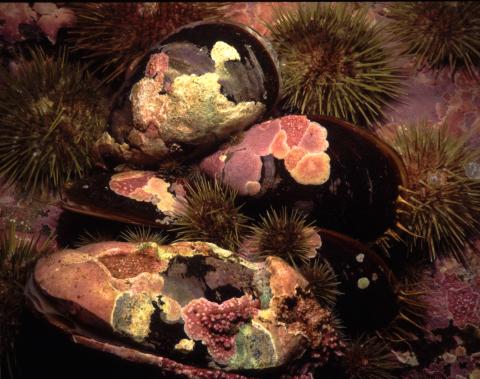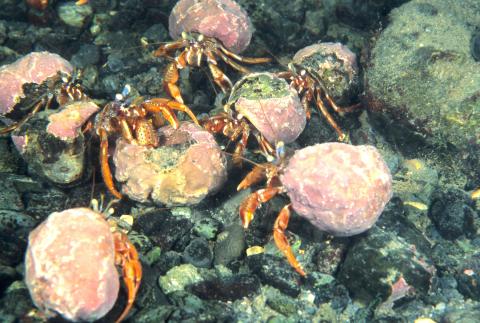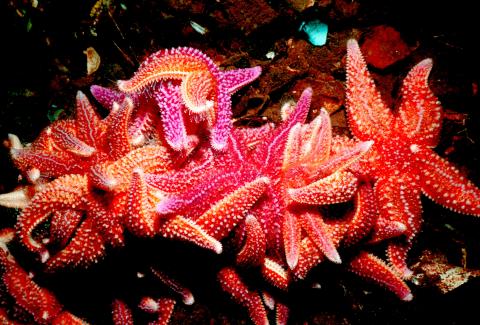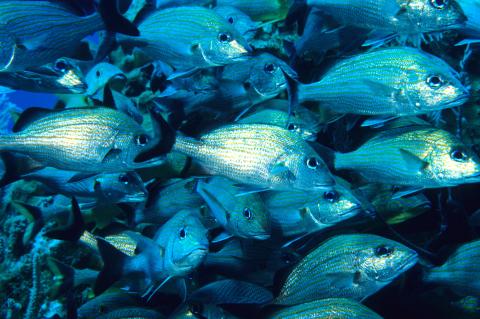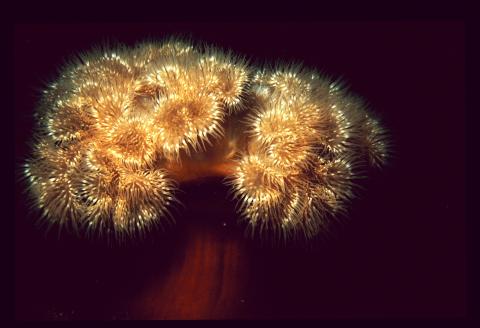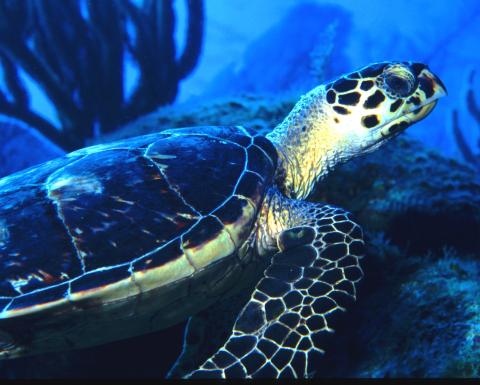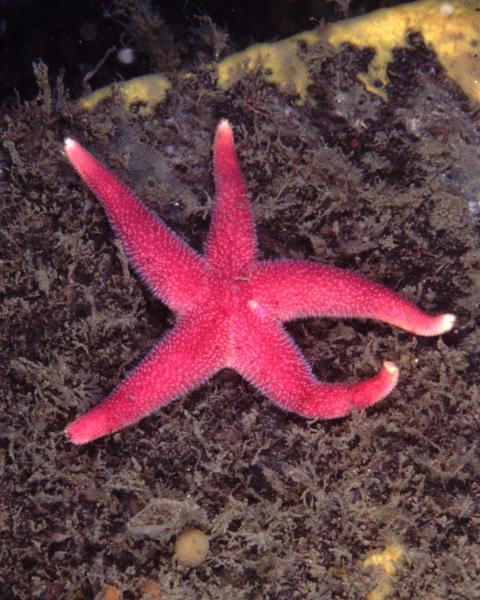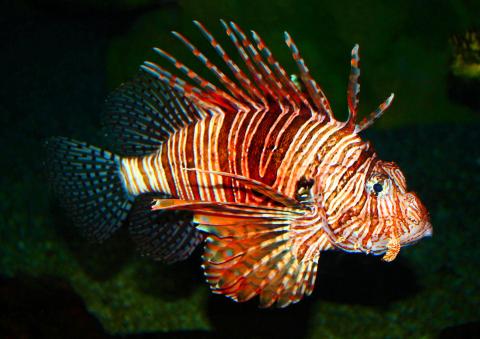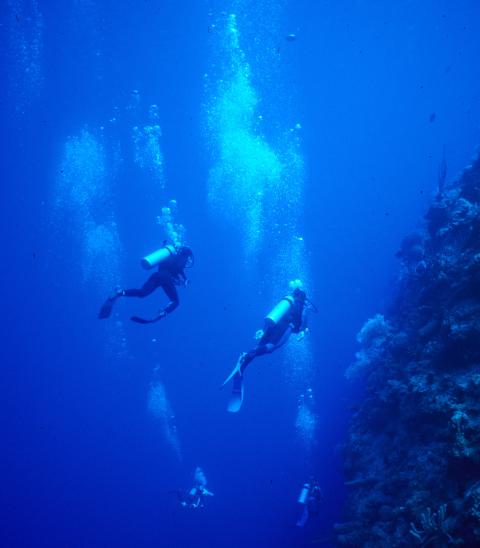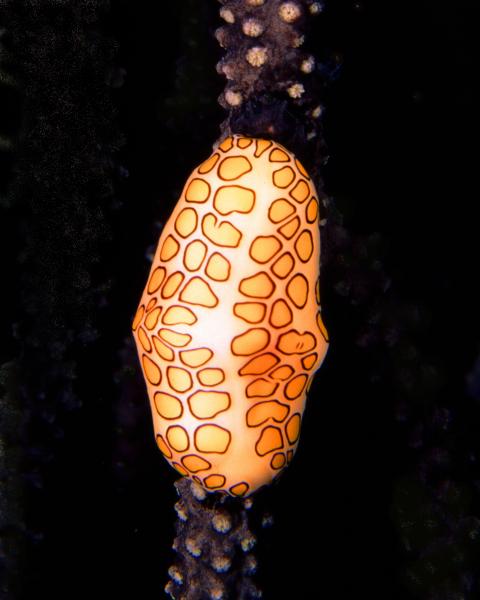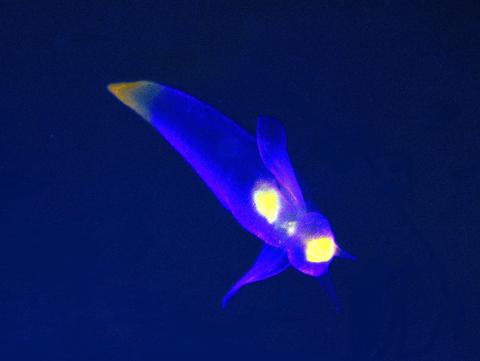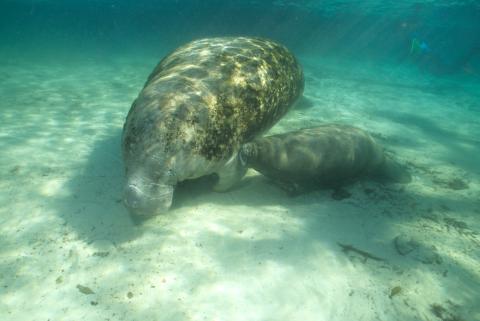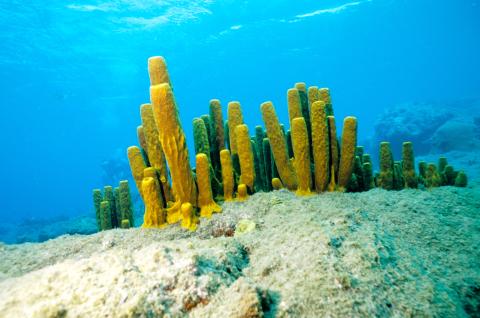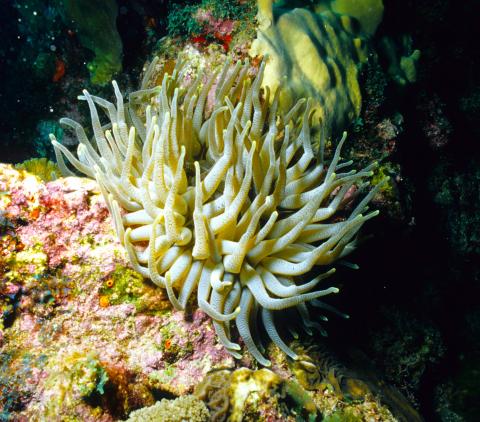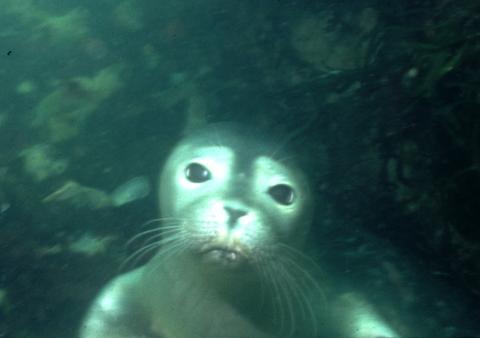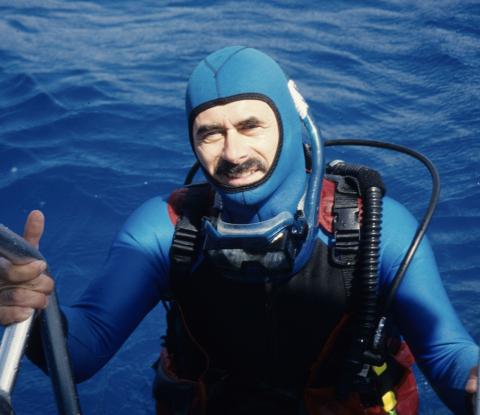
N. Dennis Chasteen, Professor Emeritus
I’ve been scuba diving since 1956 and have had the privilege of observing, photographing, and videoing marine life in many parts of the world. The cold waters of the Gulf of Maine remain one of my favorite places to dive. For me it is “home” where I still dive regularly. I’m often asked what I see down there. In response to this question, I’ve prepared videos highlighting marine life in the Gulf. They are intended to educate the public about the many interesting plants and animals found in our coastal waters as well as serve as a resource for primary and secondary school teachers and marine science educators in New England and elsewhere. Follow my adventures on my YouTube channel!
Eelgrass meadows are important coastal ecosystems worldwide. They serve as nurseries for fish and other marine species, remove excess nutrients from the water and carbon dioxide from the atmosphere, and help protect coasts against storm damage. Come explore this special place and observe the plants and animals that live there.
Nubble Lighthouse is the most popular dive site in New England owing to its great diversity of marine life and habitat. Come explore the waters around the Nubble and learn about the many unusual and interesting creatures that are found there.
A pressure chamber simulates what happens when a diver descends into the depths of the ocean. Watch what happens to the diver's wetsuit, “arms and legs”, and “lungs” when breath holding and to a stack of marshmallows when under increased pressure!
